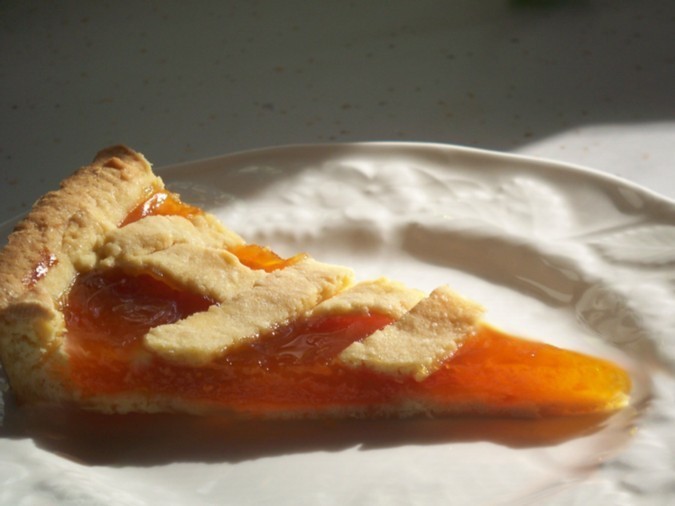Corn Flour Rolls

I baked these rolls using a recipe from a book published in 1918 and meant to help in the conservation of wheat flour. It has many interesting recipes using other grains such as corn, buckwheat, etc. and the recipes that I tried all turned out beautifully. These rolls contain a minimal amount of sugar and butter and taste great.I made them for bread baking day #12.
Ingredients





 sliced brazadela
sliced brazadela 
